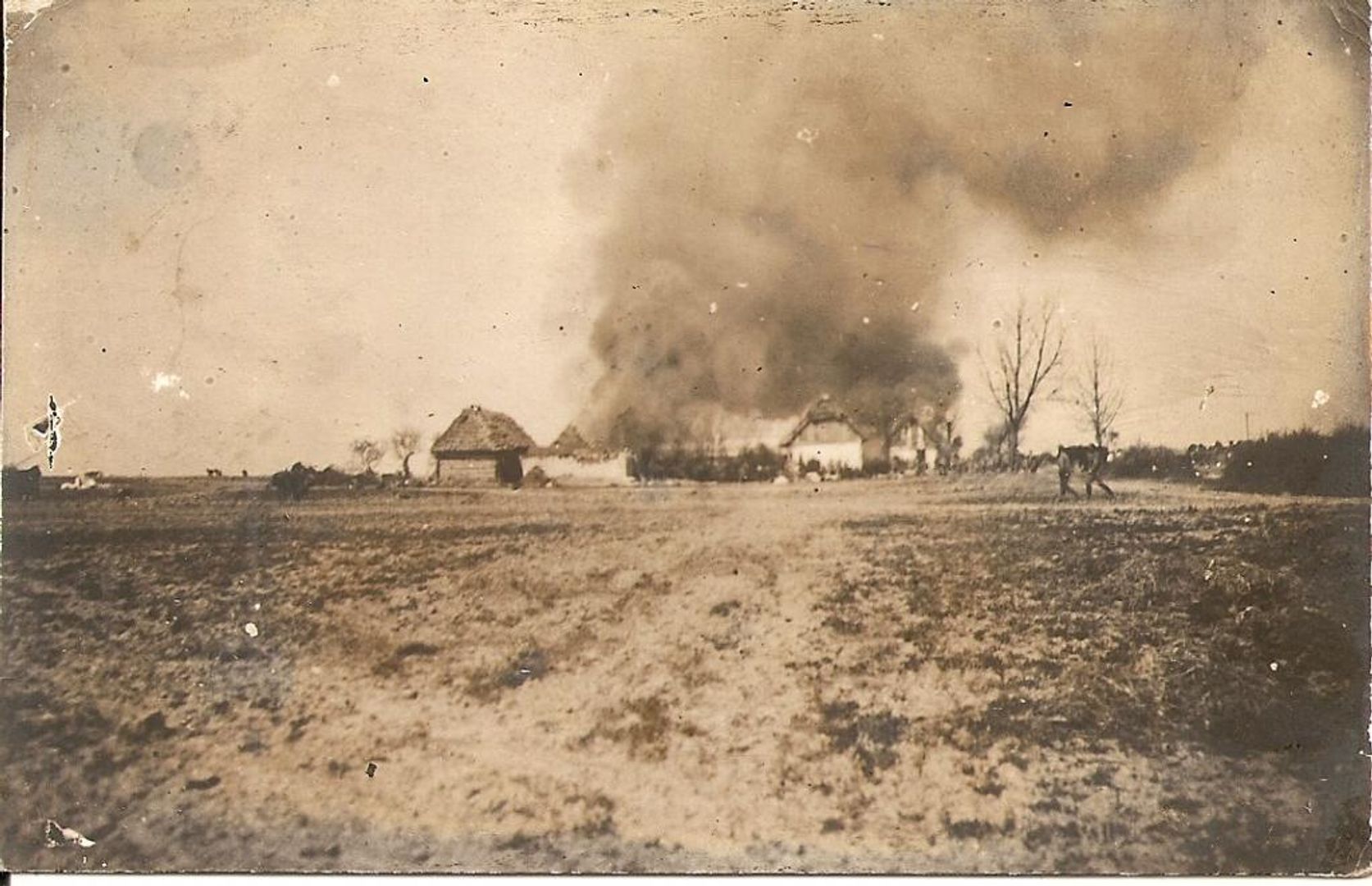Meaty
6.31

Overview
Miąsowa, formerly known as Miassowa, is a village located in the Świętokrzyskie Voivodeship, in the Jędrzejów County, within the administrative district of Sobków. Established in the 14th century, it belonged administratively to the Kielce Voivodeship between 1975 and 1998. The village boasts well-developed infrastructure, including a railway station on the Kraków-Kielce line, a school, a pharmacy, a community center, a library, and three grocery stores. The national road No. 7 runs through the village.
The name Miąsowa most likely derives from the name of its owner or the word "mięso" (meat). The village is situated on the Jędrzejów Plateau, surrounded by hills, and covers an area of 443.62 hectares. Miąsowa includes approximately 45 hectares of forested land, primarily coniferous forests, as well as meadows and cultivated fields. The village comprises several settlement units, such as Chabasów, Lipówka, and Pećkelów.
Miąsowa has a rich history dating back to the Middle Ages when it was founded by Jaksa Gryfita. In 1540, Miąsowa and neighboring localities were described in the tax register. In the 18th century, the village changed hands multiple times, including owners such as Zygmunt Łubieński and Karol Zabłocki. Significant events occurred during World War I when Miąsowa was destroyed by artillery fire. After the war, residents slowly began rebuilding their homes. During World War II, the area around Miąsowa was the site of operations by the Home Army, one of which, involving the demolition of railway tracks, ended with tragic reprisals by the Gestapo.
Miąsowa is home to the Educational Institutions Complex, which includes a primary school and a middle school, as well as a municipal kindergarten. The village offers various tourist attractions, such as a restaurant, sports fields, a community center, a library, and numerous roadside crosses. Miąsowa reached its peak population in 2013, with as many as 675 registered residents. An interesting historical artifact is the siege mortar "Chuda Emma," which was used during World War I to shell enemy positions. The village is also part of the Włoszczowsko-Jędrzejowski Protected Landscape Area, highlighting its natural beauty.
Location
2025 Wizytor | All Rights Reserved